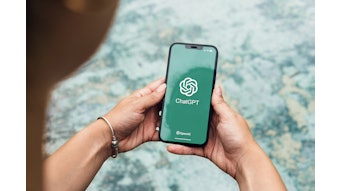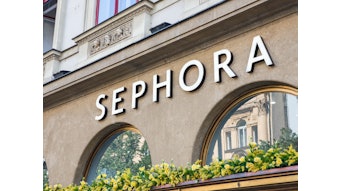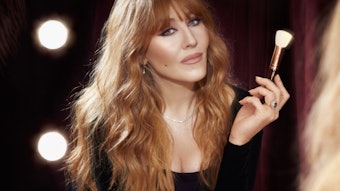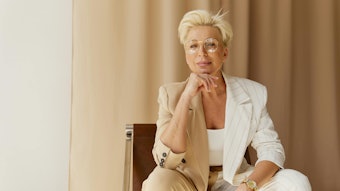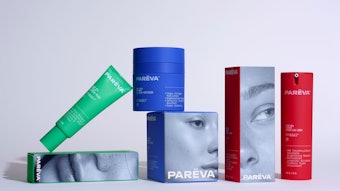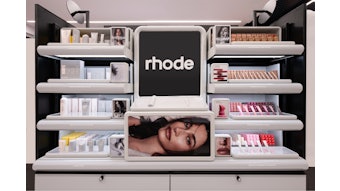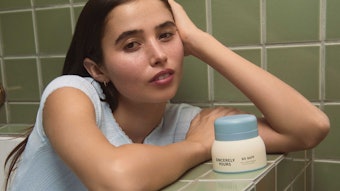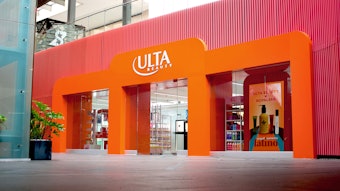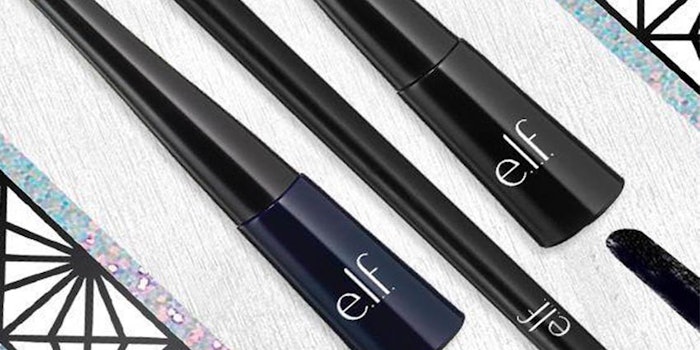
Seventy percent of shoppers favor shopping online via retailers vs brand sites, according to new research from L2. This presents a challenge for brands to directly capture their share of the $300 billion U.S. e-commerce market.
Previously: Beauty and Hair Instagram Video Dos and Don'ts
Eight percent of U.S. beauty sales are made online, representing a tiny portion of the $32 billion total. Amazon alone enjoys 25% of all online sales, according to L2's numbers, while Walmart owns 10%. In the beauty channel specifically, Amazon outstrips Sephora for outbound brand site traffic.
In-depth: Who Owns Beauty Search?
While $600 million and $1 billion dollars, respectively, are certainly significant sums, they are dwarfed by those of top department store e-commerce sales.
Further reading: Prestige Brands Missing Out on Ulta?
Two of the best e-commerce performers—L'Oreal and Estee Lauder—are certainly doing some things right. Estee Lauder derives 12% of its U.S. and 8% of its global sales from e-commerce, according to L2. L'Oreal, meanwhile, nets 25% of its online sales directly from the brand. This year the company topped $1 billion in global online sales.
In-depth: Beauty Brands Boosting Instagram Followers
While $600 million and $1 billion dollars, respectively, are certainly significant sums, they are dwarfed by those of top department store e-commerce sales:
- Macy's: $5.4 billion
- Nordstrom: $2.5 billion
- Neiman Marcus: $1.1 billion
In color cosmetics, e.l.f. Cosmetics stands above many of its competitors, L2 notes in a separate analysis:
"It is the most visible brand in Google searches for color cosmetics terms, surpassing even buzzy brands like NYX, MAC, Maybelline, Make Up Forever, and CoverGirl. Without an over-the-top ad budget, e.l.f relies on the building blocks of SEO: clean product pages with clean HTML syntax that makes them easy to crawl, and search data."
The brand has incorporated user reviews into its SEO text, which L2 notes, "only 14% of color cosmetics brands implement." The tactic boosts relevance for consumers, the analysis continues.
e.l.f. Cosmetics also uses alt tags on all product images, which are created with pain text. While L2 applauded the techniques, the analysis concludes that success comes from the application of these tactics consistently on every page.
